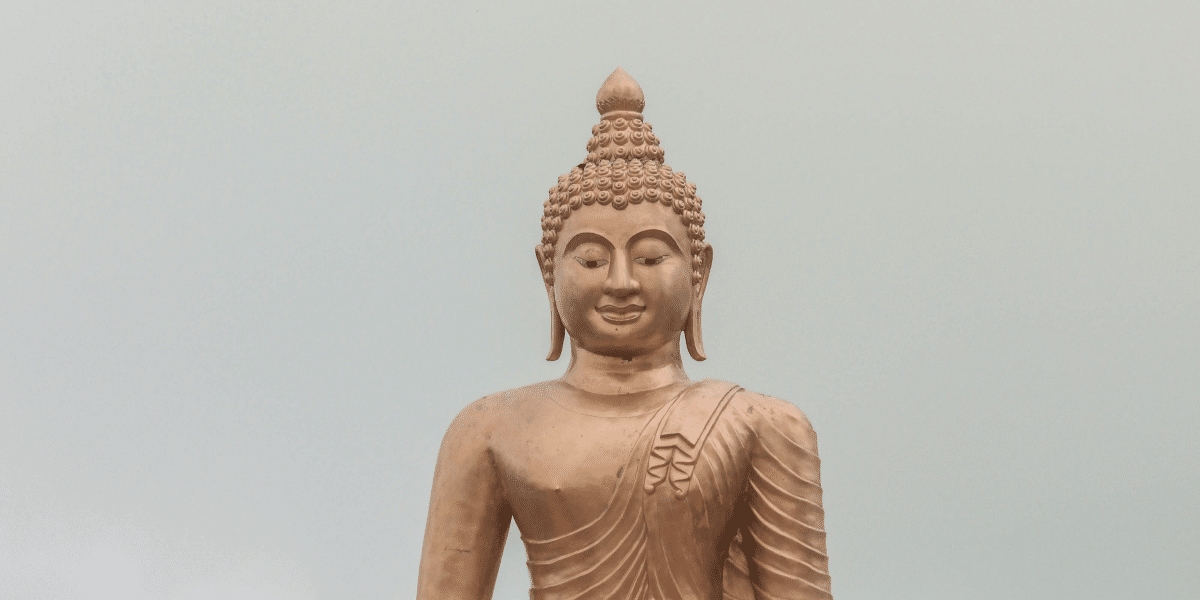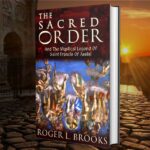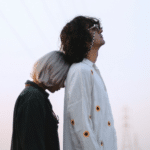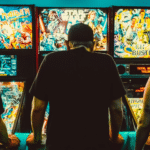Phuket, Thailand’s largest island, is not just about pristine beaches and vibrant nightlife. Its cultural heritage, deeply rooted in Buddhism and local traditions, offers a fascinating glimpse into the island’s soul. Temples, or “wats,” are central to Phuket’s spiritual and social life. Among these, Wat Chalong stands out as the most important and revered temple. Established in the early 19th century, Wat Chalong is dedicated to two highly venerated monks, Luang Pho Chaem and Luang Pho Chuang, who played pivotal roles in quelling the Chinese Coolie Rebellion in 1876. The temple complex, adorned with intricate murals and golden statues, attracts both locals and tourists seeking blessings and solace.
The Rich Tapestry of Phuket’s Temples
Visiting temples like Wat Chalong during the rainy season can offer a unique, serene experience with fewer tourists around. The lush greenery and the sound of raindrops create a tranquil ambiance, enhancing the spiritual journey. Other notable temples include Wat Phra Thong, known for its half-buried golden Buddha statue, and Wat Srisoonthorn, where a giant reclining Buddha resides. These sacred sites not only provide a sanctuary for worship but also serve as repositories of history and culture, reflecting Phuket’s rich heritage and the enduring influence of Buddhism on the island.
Sino-Portuguese Architecture: A Blend of East and West
Phuket’s Old Town is a testament to its historical significance as a trading hub. Walking through its streets, one is transported to a bygone era, where Sino-Portuguese architecture tells stories of cultural amalgamation. The island’s strategic location attracted traders from Europe, India, China, and the Middle East, leading to a unique architectural style that combines European and Chinese elements. These charming shophouses, with their colorful facades, arched windows, and ornate doorways, are a photographer’s delight and a symbol of Phuket’s cosmopolitan past.
The Phuket Thai Hua Museum, housed in a beautifully restored Sino-Portuguese building, offers insights into the lives of the Chinese immigrants who played a crucial role in the island’s development. Exhibits include photographs, personal artifacts, and detailed accounts of their contributions to Phuket’s economy, particularly in the tin mining industry. Another notable structure is the Blue Elephant Restaurant, located in a century-old mansion that exemplifies the grandeur of the era. As one savors traditional Thai cuisine within its walls, it is easy to imagine the opulent lifestyle of the island’s early elite. Exploring these architectural gems provides a deeper appreciation of Phuket’s diverse cultural heritage and the harmonious blend of Eastern and Western influences that have shaped its identity.
Festivals and Traditions: Celebrating Phuket’s Cultural Mosaic
Phuket’s cultural heritage is vividly expressed through its festivals and traditions, which are celebrated with great enthusiasm and offer a glimpse into the island’s vibrant community life. The Phuket Vegetarian Festival, held annually in October, is perhaps the most spectacular and unique of these events. Originating from the Chinese community, this nine-day festival is marked by elaborate rituals, street processions, and acts of self-mortification performed by devotees to purify themselves and the community. The sight of participants piercing their cheeks with sharp objects and walking over hot coals is both awe-inspiring and a testament to their faith and resilience.
Another significant event is the Loy Krathong Festival, celebrated on the full moon night of the twelfth lunar month. During this festival, locals and visitors release beautifully decorated floating lanterns, or “krathongs,” onto water bodies, symbolizing the release of negative energies and the welcoming of new beginnings. The sight of thousands of lanterns illuminating the night sky and floating on the waters is a magical experience that captures the essence of Thai spirituality and the island’s communal harmony.
Songkran, the Thai New Year celebrated in April, is another highlight of Phuket’s cultural calendar. Known for its exuberant water fights and street parties, Songkran is a time for renewal, paying respects to elders, and making merit at temples. It is a joyous occasion that brings together people from all walks of life in a celebration of unity and goodwill. Participating in these festivals offers a profound connection to Phuket’s cultural fabric and an opportunity to witness the island’s traditions in their most vibrant and authentic form.
Published by: Khy Talara



















